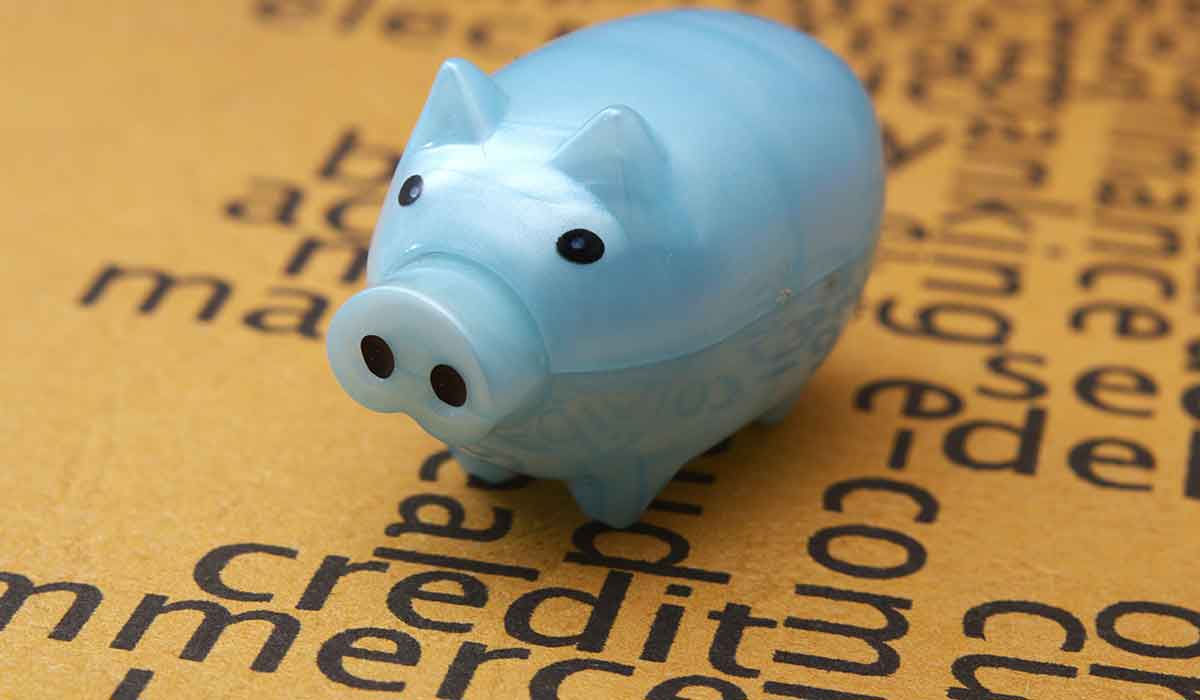Targeting the Middle-class Squeeze, Target unveils Smartly, but will it work?
When a company brings out a new product line, more than likely it is looking to tap into a demand channel in order to grow revenues, its consumer base or both. What we see with the new consumer staple brand, Smartly, that is being launched by Target is an attempt to catch the tailwind associated with our Middle-class Squeeze investing theme. That theme focuses on cash-strapped consumers that facing tepid wage gains or rising costs and pressured disposable income are changing where they buy the products they need and in some cases sacrificing well-known brands for more affordable prices. It’s what made the Dollar Shave Club such a thorn in the side of Proctor & Gamble’s Gillette razor and razor blade business.
With Target, odds are they are trying to use Smartly to lure cost-conscious shoppers back into their locations, hoping it can convert the traffic into buyers of other items. It sounds a lot like the loss leader strategies of yore, but even in those cases the question is will the traffic (if it comes) convert to buyers? The jury is out on that for now.
Target Corp. is wading into a new territory: $1 toiletries.
The Minneapolis-based retailer said it is planning to launch a new brand for consumer staples called Smartly with more than 70 products, including razors, toilet paper and dish soap, mostly priced under $2. The products will be offered at stores and online in mid-October.
Mark Tritton, Target’s chief merchandising officer, said the new line of consumer staples is an attempt to compete with generic brands at drugstores and discount chains. “It’s about showing people that I don’t have to go to Aldi or I don’t have to go to Dollar General to find what I’m looking for,” he said in an interview.
Meanwhile, the market for generic consumer staples has become more crowded. Last year, Brandless, a San Francisco-based startup, began selling staples such as fluoride-free toothpaste and dish soap, priced at $3. German grocer Aldi has also been opening more locations in the U.S. and gaining traction by selling a pared-down selection at rock-bottom prices.
The competition has forced players such as Walmart to revamp their brands. In 2016, the big-box chain scrapped a discount store brand in sparse blue packaging called Price First as part of a wider reworking of all its private-label products. The company now sells its lowest-priced groceries under Great Value and toiletries under Equate, with boxes and bottles more reminiscent of traditional brands.
Source: Target’s Answer to Discounters Is an Even Cheaper Store Brand – WSJ


